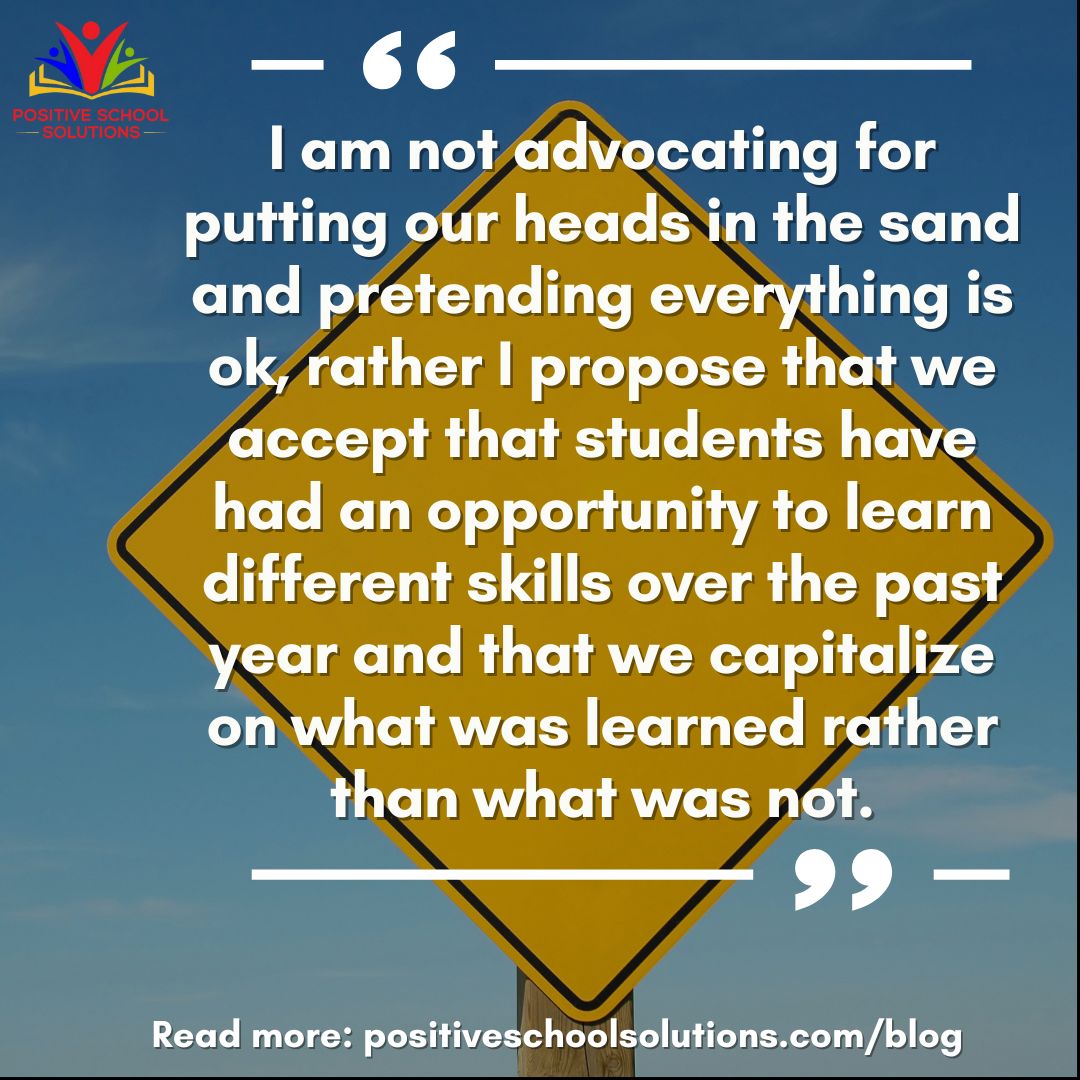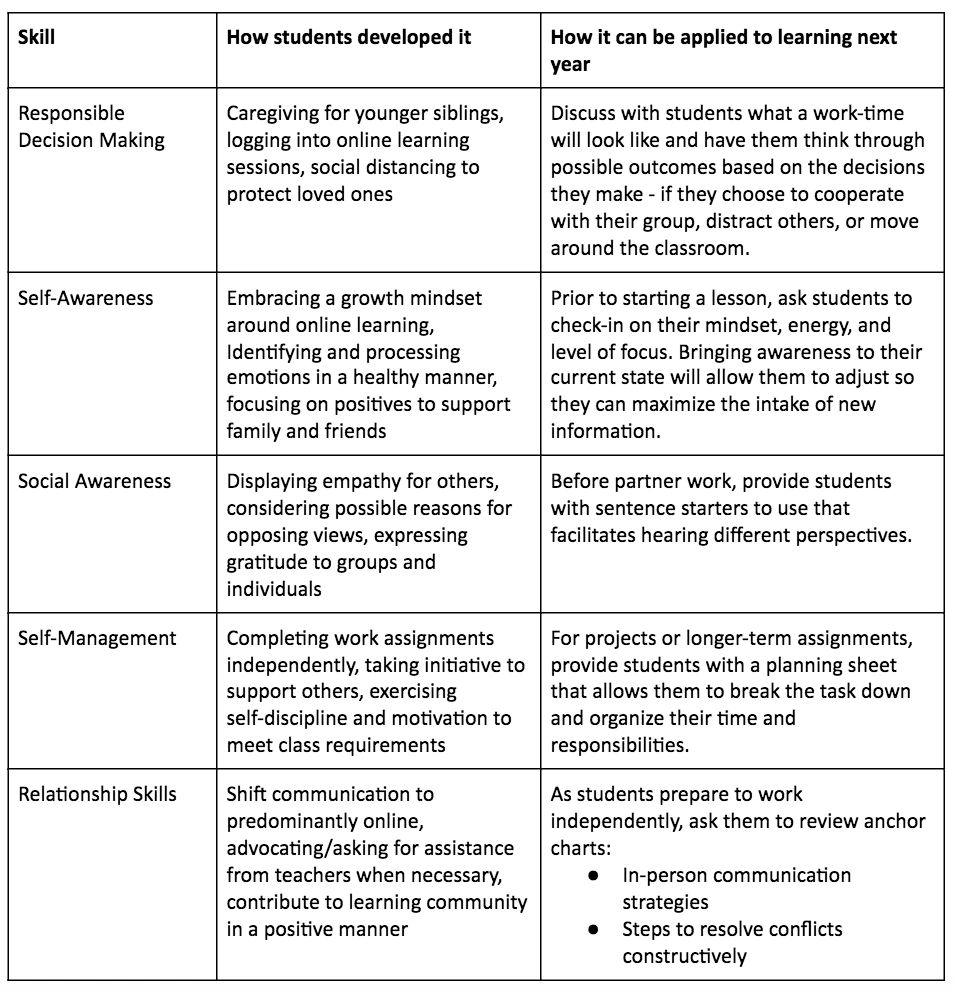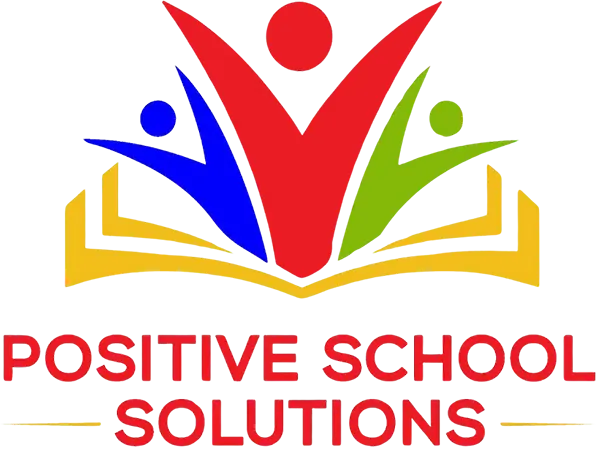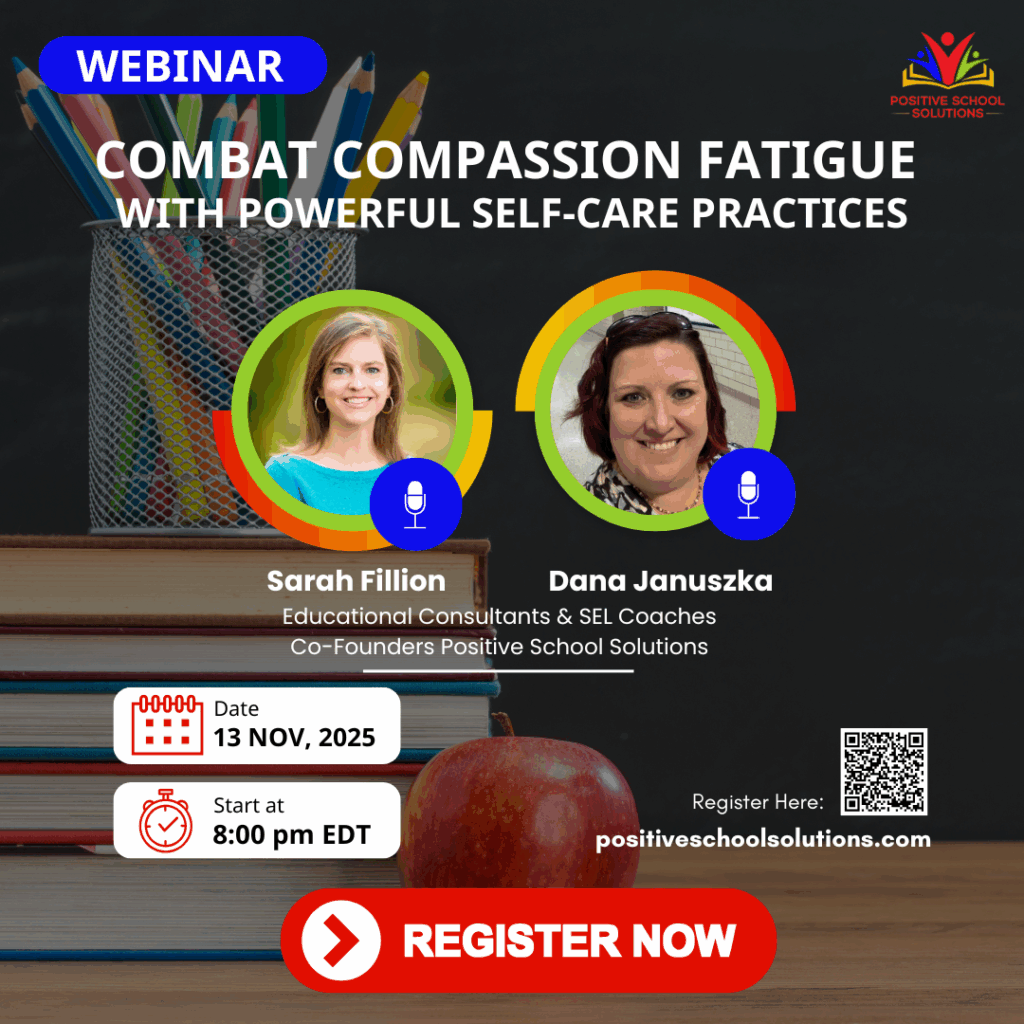There is a phrase being used regularly right now that I propose we eliminate from our vocabulary for the 2021 – 2022 school year: learning loss. Learning loss is being used in regards to ways that the pandemic has set students back in their learning. From being out of school, to parents serving as teachers, to some students living under such duress that they cannot log onto remote classes (or don’t have the technology to do so), learning loss describes the anticipated challenges that lay ahead in the next school year.
 There are going to be gaps in learning – that is a fact. It would be unrealistic to imagine that students who have lived through this unprecedented time would not experience some setbacks. However, the more we focus on looking for those gaps, the more gaps we are likely to find. I am not advocating for putting our heads in the sand and pretending everything is ok, rather I propose that we accept that students have had an opportunity to learn different skills over the past year and that we capitalize on what was learned rather than what was not.
There are going to be gaps in learning – that is a fact. It would be unrealistic to imagine that students who have lived through this unprecedented time would not experience some setbacks. However, the more we focus on looking for those gaps, the more gaps we are likely to find. I am not advocating for putting our heads in the sand and pretending everything is ok, rather I propose that we accept that students have had an opportunity to learn different skills over the past year and that we capitalize on what was learned rather than what was not.
When we focus on helping others expand their strengths rather than their build up their weaknesses, we are more likely to see increased engagement, productivity, confidence, and self-awareness. These are the exact characteristics that every teacher, from preschool through twelfth grade wants students to experience while learning! We can produce these outcomes simply by focusing on what skills students have learned and teaching them how to apply their strengths to a variety of situations, allowing them to acquire new skills and knowledge.

Thinking about the learning students have experienced since the pandemic started, we can see how these various skills benefit students as learners and contributing members of a community. The worry over the amount of learning loss students experienced over the past year decreases significantly when we take time to observe the other many skills students did learn. Pausing to acknowledge these new skills and highlight how they can be applied to other situations will help students to quickly eliminate the gap of knowledge from the past year and will improve their metacognition – supporting them to thrive in learning!
For a graphic you can use with students to teach perspective taking, click here!
Written by Sarah Fillion and Dana Januszka 2021

